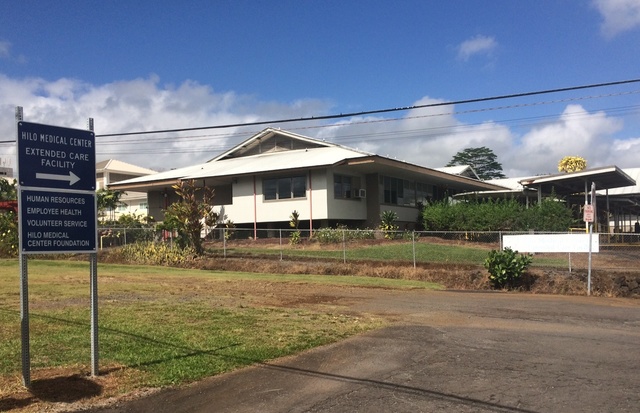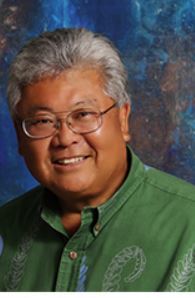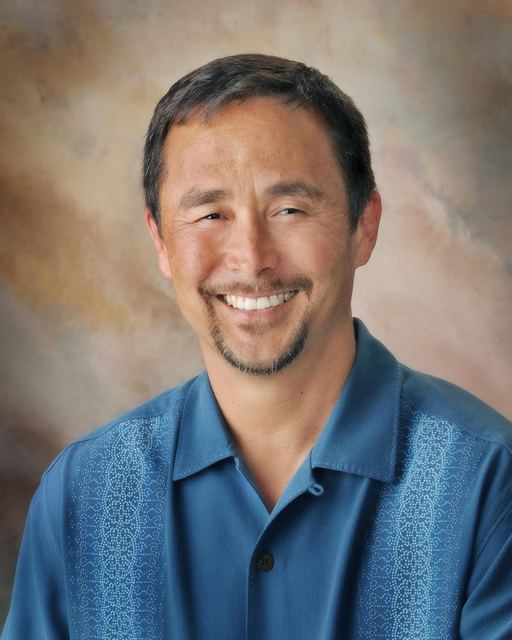Questions raised about long-term care facilities
East Hawaii administrators for Hawaii Health Systems Corp. say they are continuing to review changes to their long-term care services following a public grilling last week by state Rep. Richard Onishi, D-Hilo.
ADVERTISING
During a joint informational briefing for the Senate Committee on Ways and Means and the House Committee on Finance on Thursday, Onishi questioned HHSC East Hawaii Regional CEO Dan Brinkman about recent cuts in long-term care offerings and the need to send patients to far-flung facilities in Ka‘u and Hamakua, thereby increasing the burden on families wanting to visit their loved ones.
Administrators announced in the fall they would be reducing staff for 90 long-term care beds to levels needed to maintain 70 beds, among other cost-saving measures, to meet a predicted budget shortfall.
“Since then, you’ve now reduced it to 52,” Onishi said to Brinkman at Thursday’s meeting.
The CEO explained that the hospital system continues to maintain staffing levels for 70 beds, “but by changing our admissions process, meaning that we encourage people to go elsewhere if they can afford to and we only take people when they have nowhere else to go, which is part of our mission, what we found is our census has gradually decreased to 52,” he said.
Brinkman said sending those patients to alternative providers is an important part of the hospital system’s cost-saving measures because “even if they pay, we still lose significant dollars on every one of those residents because of the age of the facility, and our reimbursement levels don’t cover the cost of providing that service.”
“But again, and I want to emphasize,” he continued, “if a resident or a patient does not have the means, and the private facilities won’t willingly take them, we admit them every single time.”
Onishi took issue with that statement, however.
“Well, that’s not what the public is telling me,” he said. “You guys are first telling them they need to either go to a private facility or go to (Hale Ho‘ola Hamakua in Honokaa). You guys are looking to house them that far away from their families because of the efficiency for your hospital, which we help to subsidize for some of those beds.”
Attempts to contact Onishi to find out more about his constituents’ experiences were not successful as of press time Monday.
Late Friday afternoon, hospital administrators issued a written statement in response to Onishi’s concerns, saying that they continue to monitor and review the need for extended care beds in East Hawaii.
“We are looking at how we can best serve patients living in our Extended Care Facility,” the statement quotes Brinkman as saying. “Is it time to close outdated facilities? Will our more modern East Hawaii Region facilities improve the quality of life for our patients? What are the financial implications and how might this affect our employees? These are the questions we are examining with regard to our extended care facility in Hilo. No final decisions have been made and let me reassure you that no one has been forced, pressured or asked to leave our facility.”
The statement explained that patients and their families are offered a choice between Hale Ho‘ola Hamakua, Ka‘u Hospital and, “as a last resort,” the extended care facility at Hilo Medical Center.
In December, HHSC’s East Hawaii Regional Board directed its management team to review the financial and community impact of possible changes in long-term care services provided in East Hawaii, the statement reads.
“For some time, the Board has been concerned about the extended care facility in Hilo and believes it falls far short of acceptable standards of accommodation and care for the community,” it states. “As the governing body of the public hospitals throughout East Hawaii, the Board is first and foremost concerned with fulfilling its safety net mission to provide access to care to all, regardless of the ability to pay.”
Onishi’s questions came at a particularly fragile time for the hospital system, as it wrestles with mounting costs and dwindling reimbursements from Medicare and Medicaid. HHSC officials are seeking this legislative session $21 million from the state in a fiscal year 2017 supplemental budget request.
Also, among the bills up for discussion this session, HHSC is seeking the authority to pursue public-private partnerships that would allow it to transfer management of regional system facilities to a private, nonprofit entity such as Adventist Health, which has made overtures to the East Hawaii region during the past several months.
Board members and administrators think such a partnership would help the struggling hospital system operate more efficiently while continuing to meet its mandate as the health care safety net for East Hawaii.
Email Colin M. Stewart at cstewart@hawaiitribune-herald.com.





